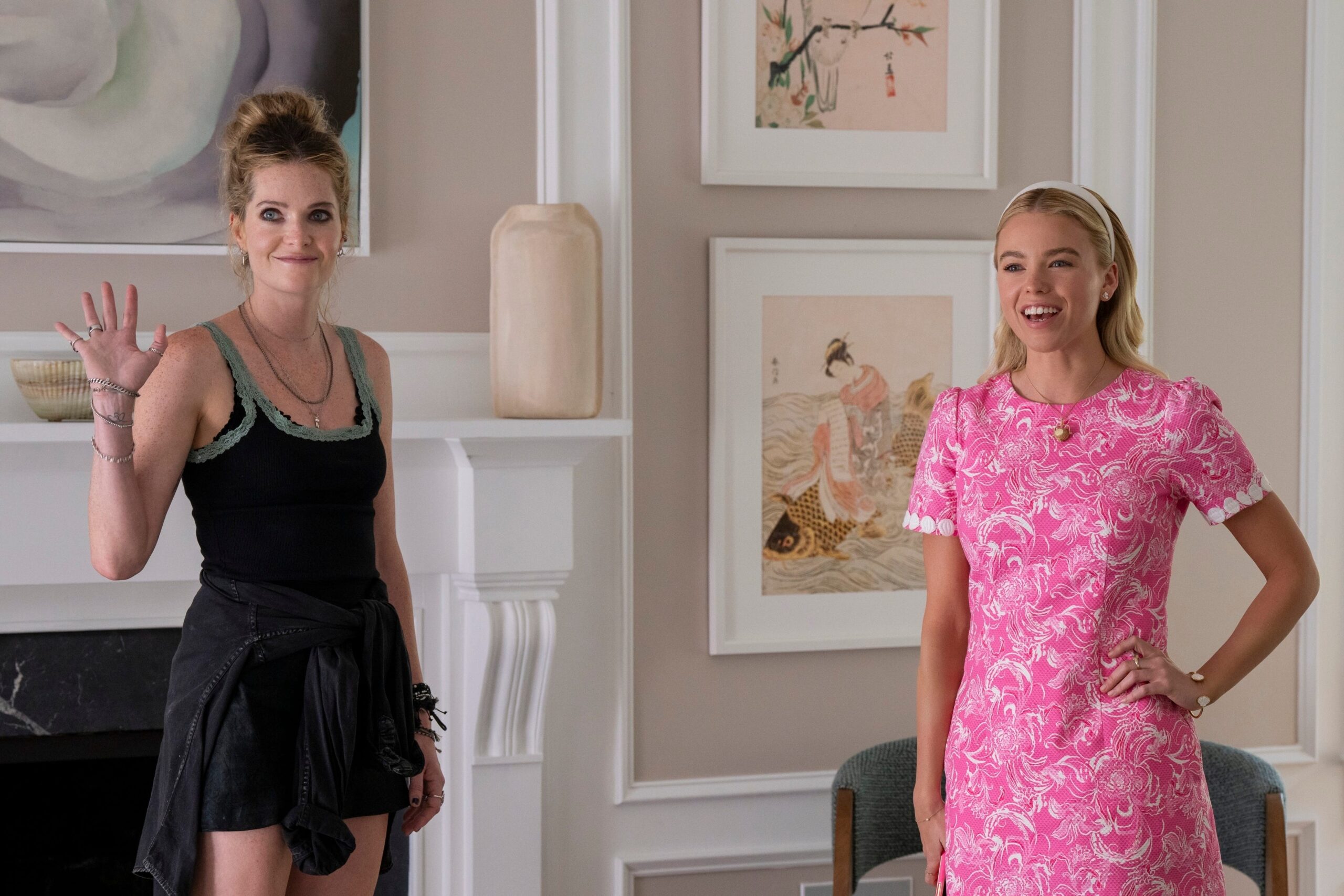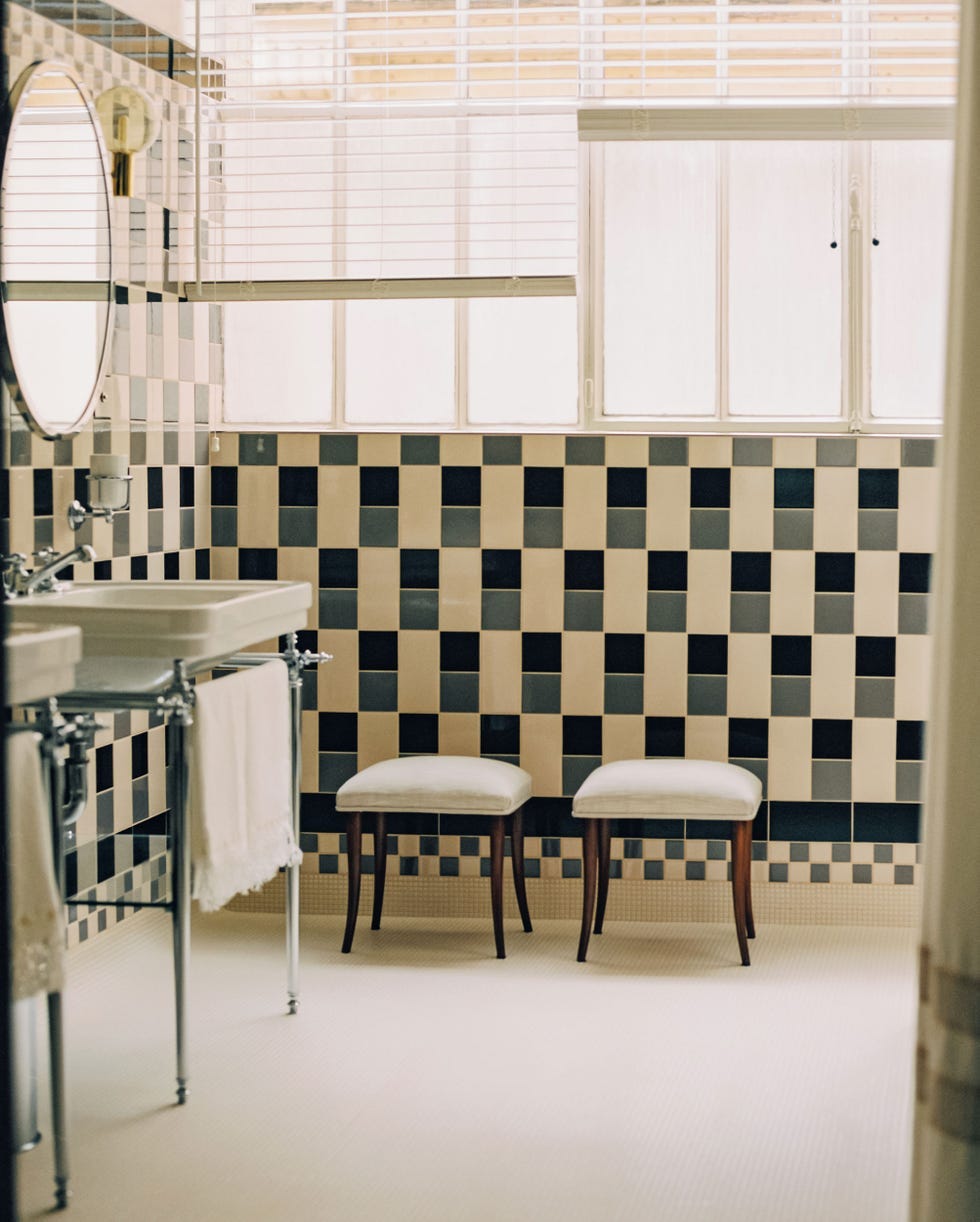I recently finished the extension and full renovation of my London apartment and home. Working for oneself is a mixed bag. It’s really exciting at first, but then it suffers the cobbler-with-no-shoes effect: The time allocated to work on it kept being deleted from the diary in favor of clients more important than myself—basically anyone.
Designers’ own houses are almost always the best looking and the ones that magazines scramble to photograph, and I think that is because there are no visual compromises. Otherwise the most successful houses are, in my experience, the ones that have had the most harmonious collaboration between designer and client—and that is a delicate balance of trust, inter-action, and mutual respect and understanding. But for a decorator, doing one’s own place can miss the back-and-forth that a client brings; at moments it can feel quite lonely. The only people you have that push and pull with are your own team, and they aren’t always comfortable contradicting you.
On balance I loved it, though. I appreciated the nimble way we could make decisions and pivot from one route to another. As the design evolved, it had the freedom to move swiftly into the next phase and even reverse at will if necessary. On a decorating project, those kinds of moves can require multiple meetings and presentations and a certain amount of persuasion to a nervous or unsure client. The bold moves are harder to get someone onboard with, but when I have succeeded I have always had the most positive result.
The things that I did for myself in this apartment that have been the big wins are almost all things that I would have had a tough time persuading someone else to do. Tobacco linen on the walls of my north-facing sitting room—almost impossible. Painting the windows in Toad—a perfect shade of sludge green—and then -specialist- painting the trim and paneling below the furniture rail was a high additional expense that came at the end of the project, adding a couple of weeks to an almost always overextended program.
The specialist painting, although subtle, is high impact. It’s the one thing that reduces my guests’ pulse rates as they enter the house. They almost always say they feel as if they have arrived in the country.
Albert Hadley, like many of us, used his own apartment as a design laboratory. In one of his sitting rooms he lacquered the walls and ceiling the color and glossiness of Hershey’s chocolate syrup, a look taken up by Mark Hampton, David Hicks, and Veere Grenney but I imagine at the time never seen before. Just the other day I was looking at a dining room that Veere did with similarly rich walls—the sort you want to stick your finger in and taste!
It is in their own homes that designers can experiment and do their best work without the pressure of persuading someone else to go along with it. There is so much at stake when you have to cajole a client into doing something expensive and bold that they are unsure of, and walls that are almost black definitely fall into that camp. When I decide to do something daring for myself, I don’t worry so much about the outcome—I know I can live with it and I know that I can ultimately change it if I don’t like it. I can also push things left and right and fiddle about with it to make it work. When you’re doing that for someone else, they can get sidetracked by the room “failing” if it isn’t what they expected in the first iteration, and that runs the risk of coming with either financial implications or loss of faith—both killers of creativity.
Budgets are also very different when working for oneself as opposed to working for someone else—not only in scale but in spirit. Budgets are always an issue no matter how wealthy the client. Everyone needs or wants to set a boundary, so there is that. There are also values associated with money, and part of the journey with a client is working out what they want to spend money on and what they don’t. Having to rein things in here and there is almost always good for the end result.
I don’t regret any of the things I took out of my own budget, except I do wish I had a slightly more high-tech lighting system. The thing I blew my budget on was my four-poster bed, with its 90 yards of fabric, and I am happy to report I am delighted by it every night and again in the morning.
This story originally appeared in the April 2025 issue of Elle Decor. SUBSCRIBE




